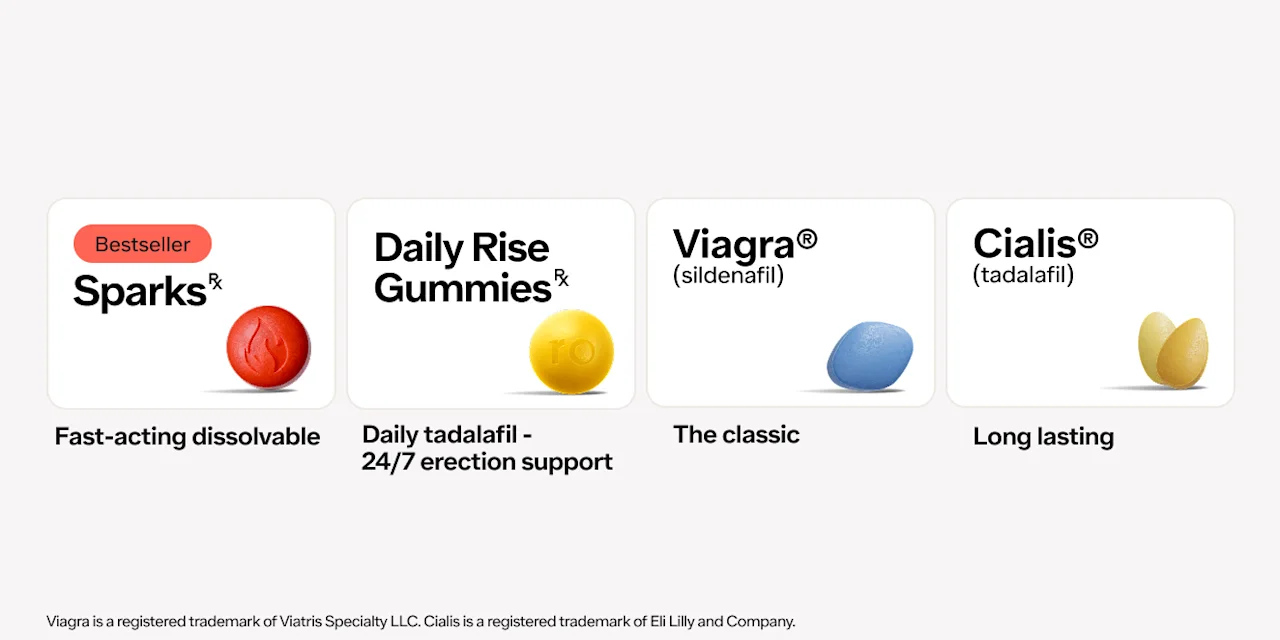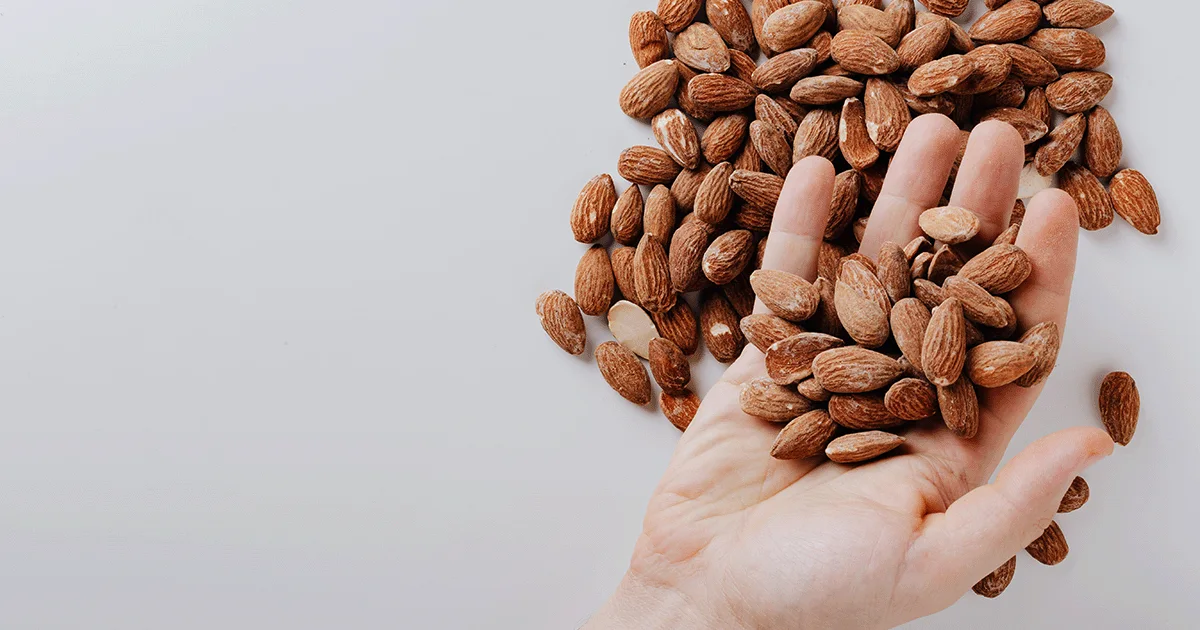Here's what we'll cover
Here's what we'll cover
When it comes to sexual experiences, intercourse tends to get the majority of the attention. But for many people, sexual arousal and desire start long before this act.
Foreplay encompasses all the physical and mental activities that bring you closer to a partner and put you “in the mood” for sex. It’s a crucial part of sexual health and wellness that often gets overlooked.
Here’s why foreplay is important––plus some foreplay tips to spice up your relationship in and outside the bedroom.
What is foreplay?
Foreplay is the term that describes any number of activities people do before having sex. Some are directly related to having intercourse, while others are meant to increase physical arousal and emotional intimacy.
While many acts of foreplay are physical, they can also be purely psychological. Sending a “Can’t wait to touch you” message or a photo are just a few ways to encourage closeness. Even just chatting helps build intimacy. These activities can also bring about feelings of warmth, familiarity, and shared fate (Galinsky, 2014).
The amount and type of foreplay people engage in varies significantly between cultures. In some, foreplay barely exists and there is little physical contact between partners before or even during sex. In other cultures, foreplay lasts for hours before intercourse starts (Younis, 2020).
Foreplay frequently ends in sexual intercourse but can be the main event on its own. For some young people, especially those wishing to avoid intercourse, foreplay can be the “only play.” (Jones, 2014).
Why is foreplay important?
Physical contact with others is important to most people and plays a key role in physical, mental, and sexual health (Galinsky, 2014).
For example, caressing and kissing stimulate the release of “feel good” chemicals in the body, such as oxytocin, endorphins, and dopamine. Your central nervous system registers these chemicals, which lightly elevates your heart rate and blood pressure. This in turn increases blood flow and prepares your body for sexual arousal (Galinsky, 2014; Alpert, 2013).
All forms of foreplay, which we’ll dig more into below, contribute to intimacy in a relationship and can impact both you and your partner’s sexual experience.
Types of foreplay
Feeling like you have high-quality foreplay can impact how you and your partner experience general pleasure in your relationship. While both men and women enjoy foreplay, there are some slight differences in how they perceive it (Siegler, 2018).
Foreplay for women
Foreplay intensifies sexual arousal for women and causes more blood flow to be directed to the genitals. This rush of blood triggers changes that prepare the body for sex, such as increased vaginal lubrication and lengthening. Foreplay for women can include caressing, oral sex, stimulating the clitoris, vibrators, and much more.
Physical contact doesn’t have to be overtly sexual for it to turn you on. One survey found that both men and women reported light touching, hugging, and cuddling as “somewhat appealing” or “very appealing.” Women, on average, reported feeling more positive about light touching and hugging activities (Galinsky, 2014).
Foreplay might also have an effect on the ability to orgasm during sex. In one study, married couples engaged in foreplay for 1–10 minutes. Consequently, 40% of the wives had orgasms during sex. This number rose to 50% with 12–20 minutes of foreplay, and 60% with more than 20 minutes (Jones, 2014).
Foreplay for men
There is a common stereotype that men desire less foreplay than women or even none at all. Research studies have found that this isn’t true. Both men and women tend to underestimate the amount of foreplay that men report they desire (Miller, 2004).
There are differences in the type of foreplay men find a turn on, though. Men are more likely than women to say that sexual touching is “very appealing” to them. This is particularly true for men who reported being in a relationship (Galinsky, 2014).
What are some examples of foreplay?
The foreplay that lights your fire varies from person to person. You might have to try several different types of foreplay until you find what works for your circumstance. You can also combine multiple activities to enhance the excitement before sex.
Here are some foreplay ideas that you and your partner can try the next time you want to set the mood:
Leave a note in their bag hinting at how you can’t wait for later
Enjoy a romantic dinner together
Go dancing
Make out
Tell your partner about a sexual fantasy
Light candles or put on a sexy playlist
Play a sex game or role-play together
Touch or kiss body parts not typically considered sexual
Wear a sexy outfit or lingerie
Perform a striptease
Test out different sex toys like vibrators
Tell your partner when they do something that feels good
Engage in dirty talk or sexting
Take a bath or shower together
Sensory play with blindfolds or ice cubes
Perform a sensual massage
Mix in some beginner BDSM elements
Watch pornography or other sexual material together
How long should foreplay last?
There is no single answer to how much foreplay is enough. The ideal amount depends on what you and your partner need at the moment. That’s why communication is so important: studies have found that roughly 20% of women and 25% of men report they want more foreplay. (Galinsky, 2014).
Researchers have a few theories about why many people aren’t getting their foreplay needs met (Miller, 2004):
Not understanding how pleasurable your partner finds certain activities
Not telling your partner about your sexual likes and dislikes
Not asking your partner about their ideal activities leading up to sex
Stereotypes about a person’s sexual preferences and desires
Researchers also found these issues existed even when the couple had been in a longstanding relationship (Miller, 2004).
The good news is if you’re feeling unsure, it’s almost impossible to go wrong by taking more time to enjoy foreplay activities. As one study noted: “virtually no men or women say they spend too much time” on foreplay (Galinsky, 2014).
Does foreplay end with sex?
Foreplay is what people tend to engage in before sex, so technically it does end when intercourse begins.
The period after sex is a critical time for bonding and intimacy, too. Many couples enjoy kissing, cuddling, or caressing during this time. Science shows that these activities can reduce stress, boost feelings of happiness, and improve your relationship with your partner (Muise, 2014).
In fact, couples who share extended periods of after-sex affection were more likely to feel satisfied with their romantic relationship and sex life. For lots of couples, the amount of post-sex affection was even more satisfying than the amount of foreplay, length of intercourse, and frequency of sex (Muise, 2014).
DISCLAIMER
If you have any medical questions or concerns, please talk to your healthcare provider. The articles on Health Guide are underpinned by peer-reviewed research and information drawn from medical societies and governmental agencies. However, they are not a substitute for professional medical advice, diagnosis, or treatment.
Alpert, J. S. (2013). Philematology: the science of kissing. A message for the marital month of June. The American Journal of Medicine, 126 (6), 466. Retrieved from https://www.amjmed.com/article/S0002-9343(13)00186-1/fulltext
Galinsky, A. M., McClintock, M. K., & Waite, L. J. (2014). Sexuality and physical contact in National Social Life, Health, and Aging Project Wave 2. The Journals of Gerontology , 69 (2), S83–S98. doi:10.1093/geronb/gbu072. Retrieved from https://www.ncbi.nlm.nih.gov/pmc/articles/PMC4303093/
Jones, R. E. & Lopez, K. H. (2014). The Human Sexual Response. Human Reproductive Biology (Fourth Edition) . Retrieved from https://www.sciencedirect.com/topics/medicine-and-dentistry/foreplay
Miller, S. A. & Byers, E. S. (2004). Actual and desired duration of foreplay and intercourse: discordance and misperceptions within heterosexual couples. Journal of Sex Research , 41 (3), 301–309. doi:10.1080/00224490409552237. Retrieved from https://www.researchgate.net/publication/8220140_Actual_and_desired_duration_of_foreplay_and_intercourse_Discordance_and_misperceptions_within_heterosexual_couples
Muise, A., Giang, E., & Impett, E. A. (2014). Post sex affectionate exchanges promote sexual and relationship satisfaction. Archives of Sexual Behavior , 43 (7), 1391–1402. doi:10.1007/s10508-014-0305-3. Retrieved from https://pubmed.ncbi.nlm.nih.gov/24777441/
Siegler, A. J., Boos, E., Rosenberg, E. S., Cecil, M. P., & Sullivan, P. S. (2018). Validation of an event-level, male sexual pleasure scale (EMSEXpleasure) among condom-using men in the U.S. Archives of Sexual Behavior , 47 (6), 1745–1754. doi:10.1007/s10508-017-1103-5. Retrieved from https://www.ncbi.nlm.nih.gov/pmc/articles/PMC6035083/
Younis, I., Ibrahim, M. A., El-Habbaq, D. M., & Farag, R. K. (2020). Foreplay importance from the point of view of a sample of Egyptian women. The Egyptian Journal of Dermatology and Venereology , 40 (1), 53-58. Retrieved from https://www.ejdv.eg.net/article.asp?issn=1110-6530;year=2020;volume=40;issue=1;spage=53;epage=58;aulast=Younis










